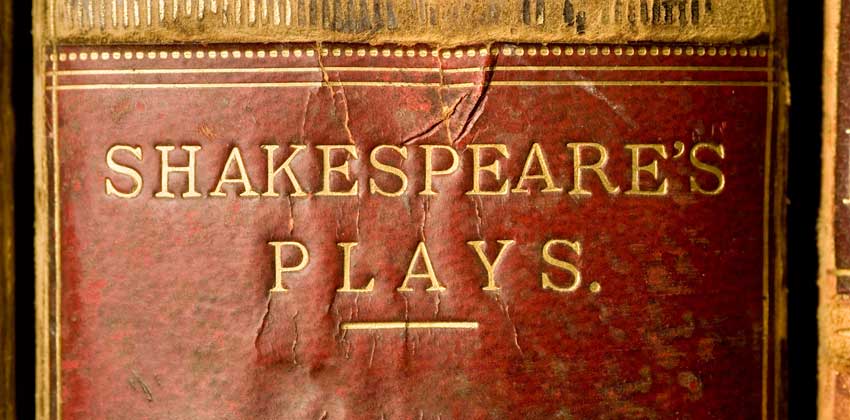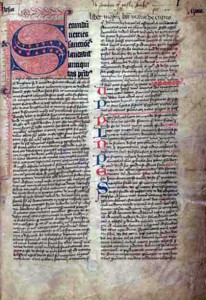Shakespeare was a poet and dramatist, not a historian, and he relied on published sources for his plays.
Primary contemporary sources for Macbeth are fragmentary and few in number and there were no paintings of him made in his lifetime. By the time one of the earliest Scottish chroniclers, John of Fordun, came to publish his History of Scotland in the late 14th century, Macbeth had become the stuff of mythology rather than history.
Walter Bower’s 15th century continuation of Fordun’s work became known as the Scotichronicon and this perpetuated some of the myths and sheer fantasies about Scotland’s history.
The process of myth-making was helped, also, by the writings of the poet Robert Wyntoun (c1350 – 1420) in his Orygynale Cronykil of Scotland. Ironically, Wyntoun was a prior of St Serfs in Loch Leven, a monastic community Macbeth and Gruoch had granted land to.
Boece and Holinshed
In 1527 Hector Boece’s 17-volume Scotorum Historiae was published, adding a further layer of mythology and bias to the representation of Scotland’s early history and Boece’s work was in turn used as a source by Raphael Holinshed whose Chronicles of England, Scotland and Ireland were published later that century.
Shakespeare used the 2nd edition of Holinshed’s Chronicle for the plot of Macbeth, compounding the errors of earlier historians, adding his own dramatic ‘spin’ and creating the myth that is Macbeth.
Compelling work of drama it certainly is; authentic history it most certainly is not.







